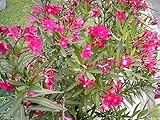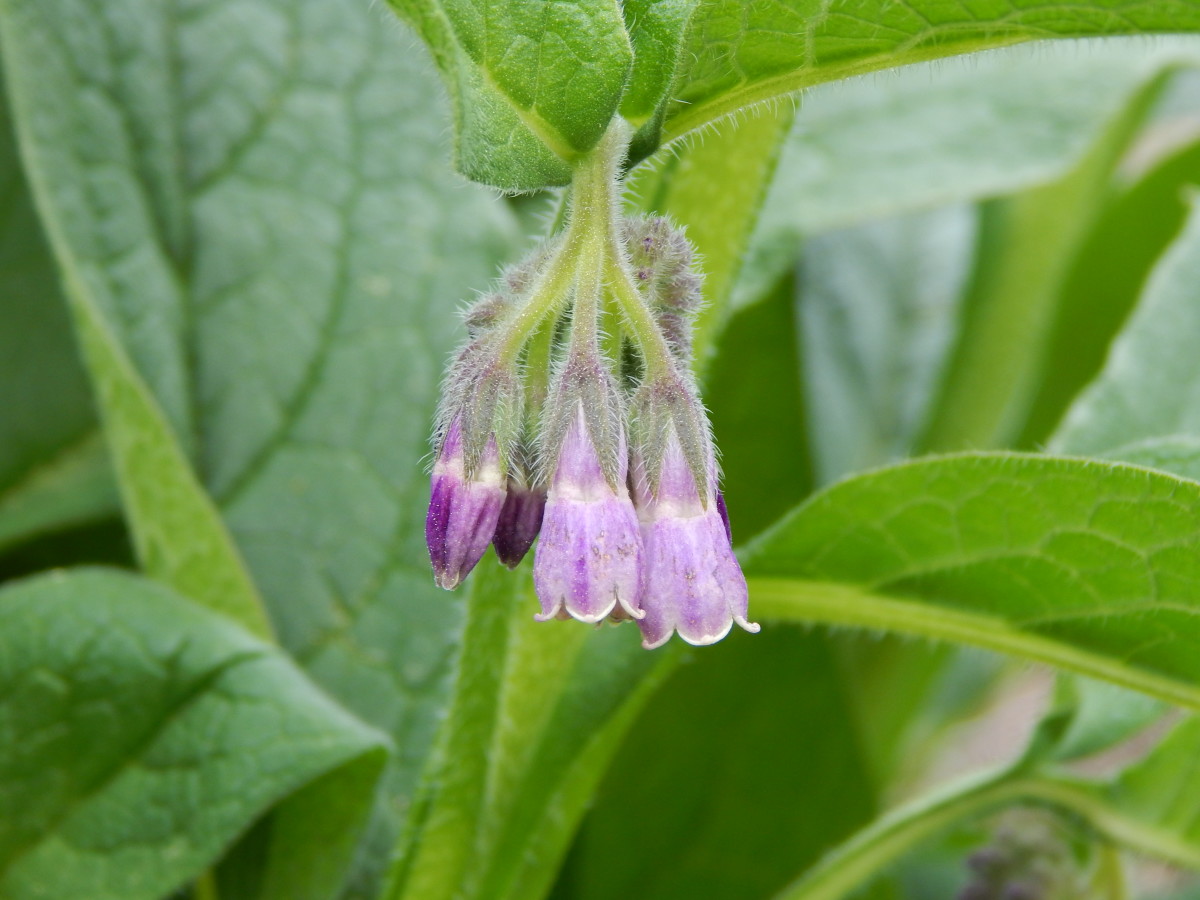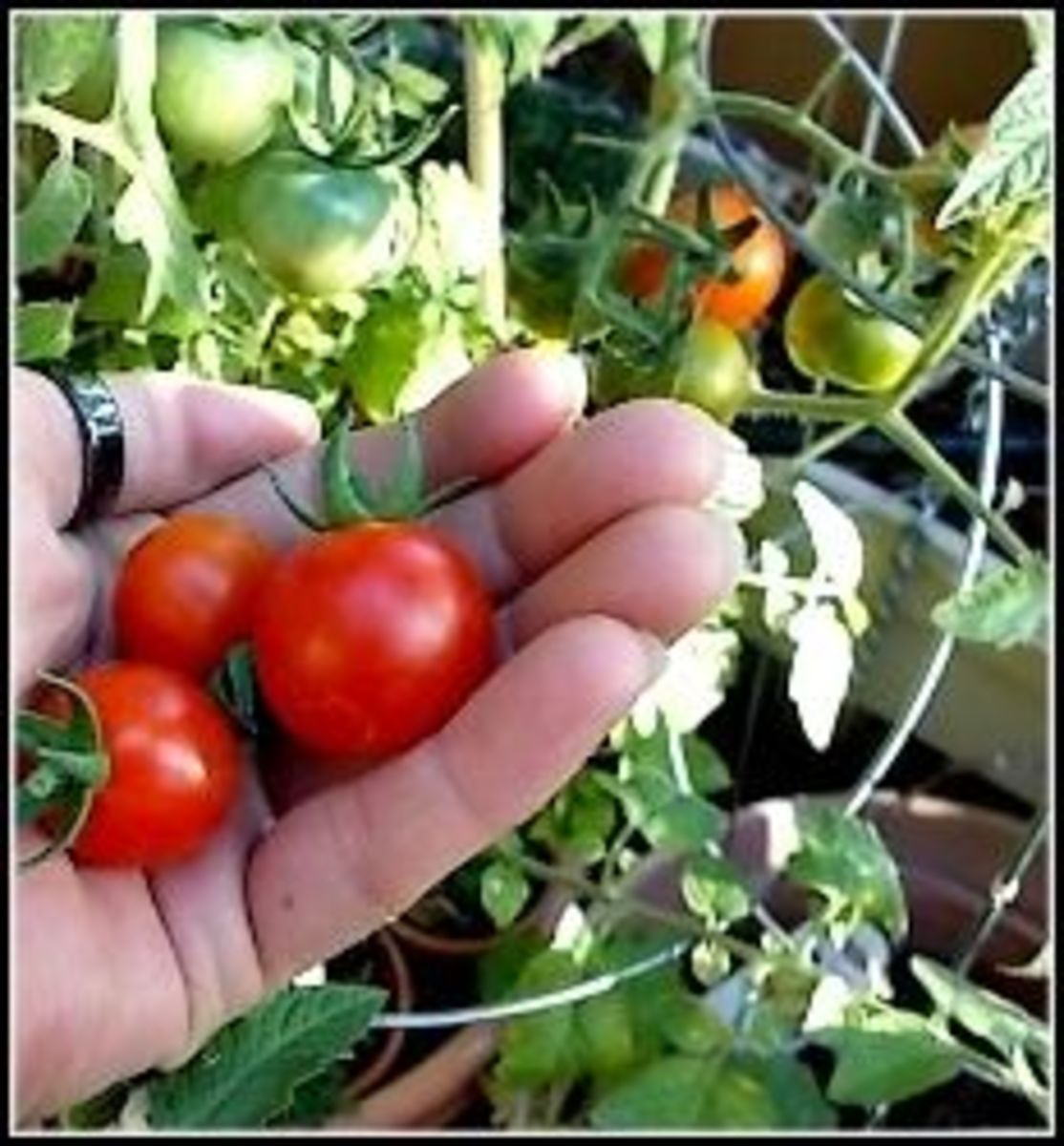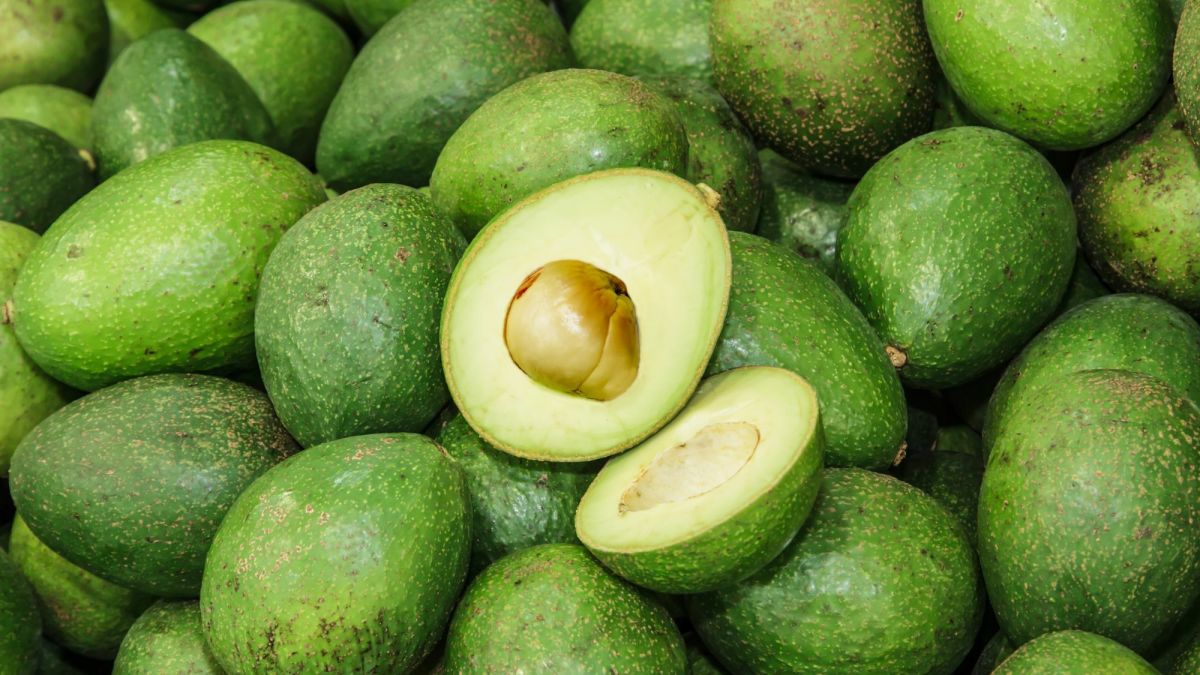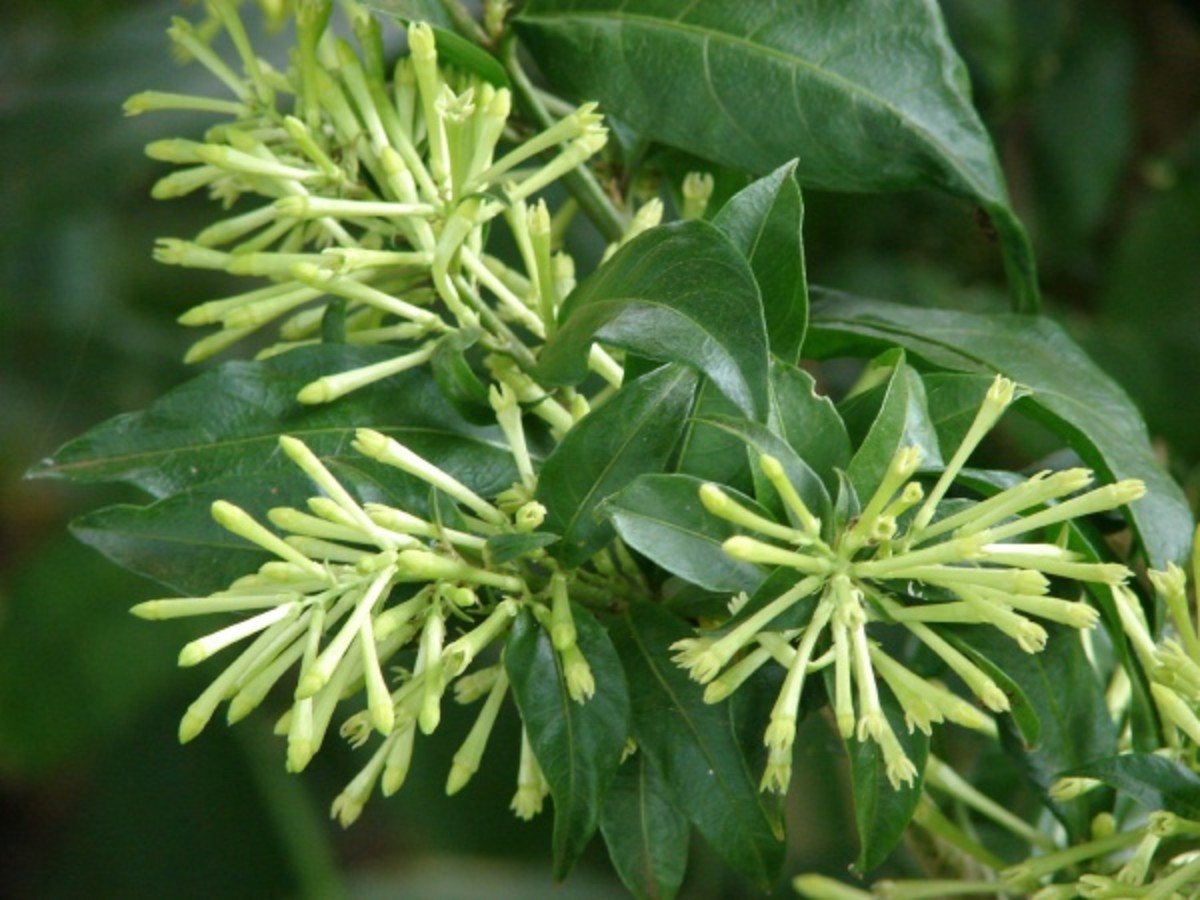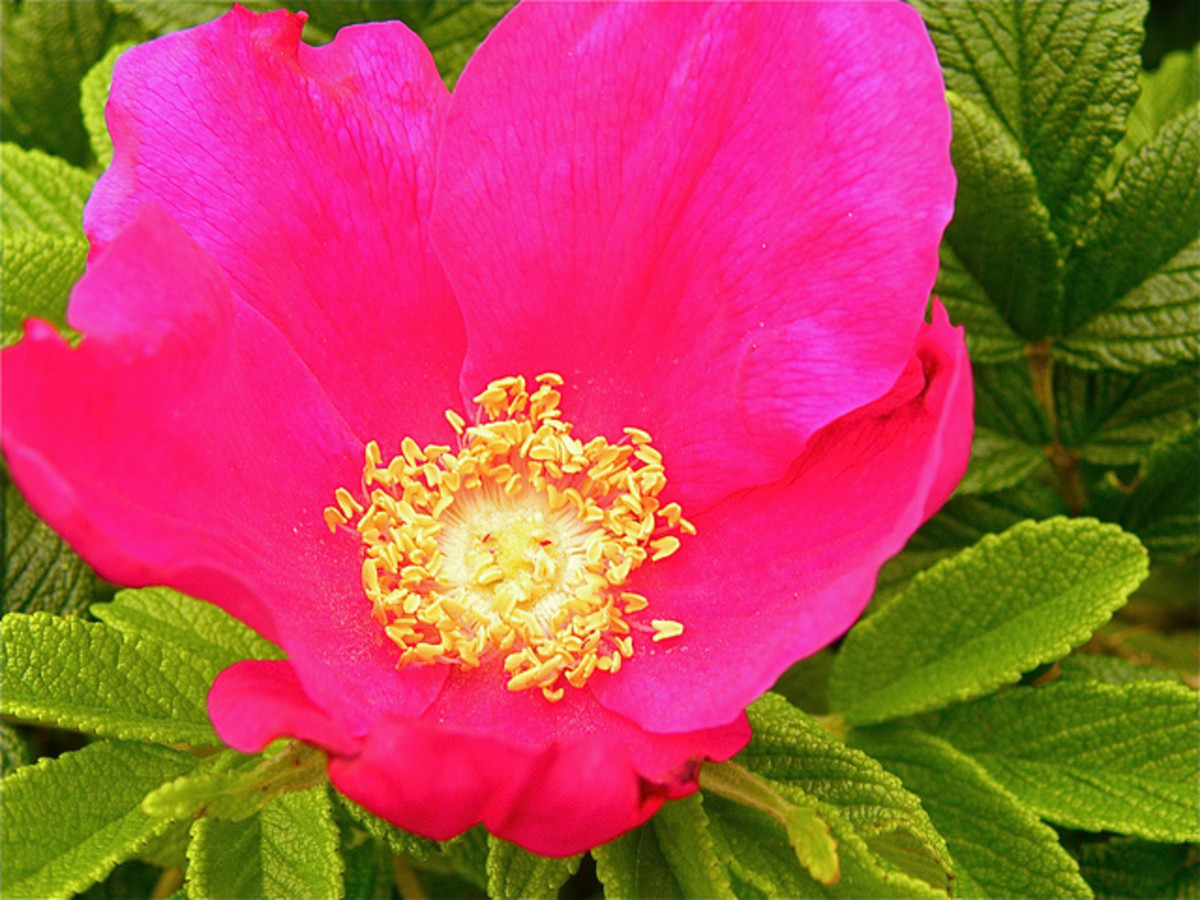How to Grow Nerium Oleander
Nerium oleander is the botanical name for the oleander plant that grows so well in warm subtropical climates.
In cooler climates, oleander can be grown in pots as a house or conservatory plant. They do not tolerate frost.
Their ideal growing conditions are in USDA zones 9 - 11.
The oleander has long pinnate leaves and brightly colored flowers which can be be red, deep pink, pale pink, orange, yellow or white, depending on the variety.
It is a member of the rhododendron family, and this is noticeable when in full blossom as the similarities between the two plants are striking.
However, the preferred growing conditions between the two plants are almost the opposite - the rhododendron preferring wetter and cooler conditions and acid soil, while the oleander tolerates drought exceptionally well, loves the heat and thrives in alkaline soil.
If someone has just given you a nerium oleander plant in a pot, perhaps as a gift, then read on to get some great tips on how to grow them.

Nerium Oleander
Where to plant your oleander
Nerium oleander prefers a sunny position in well-draining soil. They will tolerate partial shade so long as they get full sun for at least part of the day.
They are not fussed about soil type so long as it is free-draining. They will very quickly wilt and die if their feet are constantly wet.
Oleander does very well in alkaline soils that most other plants hate.
They also don't seem to bother much with pollution from traffic fumes and the like, as they grow very well in the central reservation of trunk roads in both California and Mediterranean Europe.
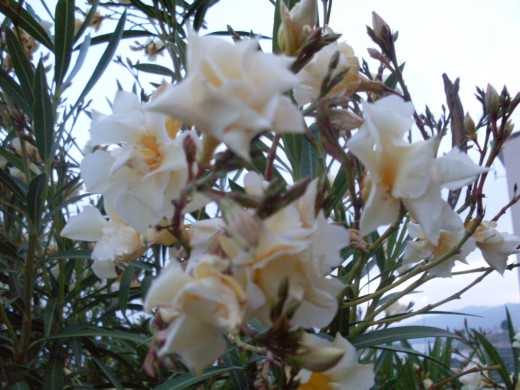
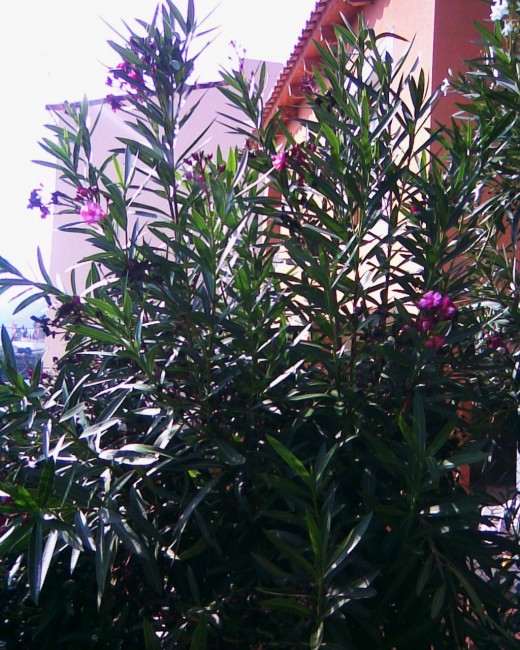
Oleander as a wind-break
If your area suffers from high winds, you may wish to consider planting oleander as a wind-break. In New Zealand nerium oleander serves this purpose very well.
Plant as a hedge, in a row about 18" - 24" apart. I planted mine about 30 - 36" apart and they are a bit too spaced out. To act as a barrier, you want your plants to grow to touch each other.
Oleander are quick-growing, and love nothing better than a good prune. The more you cut off the growing tips, the more they will produce and this is what makes a thick hedge, which is ideal as a wind-break.
Left unpruned, the oleander will very quickly form a tree that can reach 20 feet high, which is fine if you wanted a tree, but not so good if you wanted a hedge of a reasonable height.
To keep it as a single stemmed tree, you need to continually prune back the suckers that it throws out at the base.
Oleander Poison Warning
Nerium oleander is highly poisonous.
While it is is inadvisable to plant oleander if you have children or pets, it is actually very easy to just warn children not to touch the plant.
Dogs won't go near oleander anyway. I know because I pruned some oleander plants the other day, and threw the sticks for the dogs to 'fetch' and they shied away! Animals are not so daft!
Humans on the other hand, are a different kettle of fish, so to speak. In a recent study by the Toxic Exposure Surveillance System (TESS), out of 847 people who had been exposed to the chemicals in oleander, and who attended a medical centre in the US between 1985 and 2005, there were only 3 deaths.
Those three were people who had tried to use oleander as home-based cure for various ailments without having any idea of what they were doing, and ingested a fatal amount of the chemical cardiac glyosides contained in oleander.
How to propagate oleander
In late summer, after it has finished flowering, take any softwood or semi-ripe section and cut a length of about 10". Oleander is easy to prune.
A pair of secateurs will easily give you the perfect cutting.
Remove the growth tip, and the lower leaves, and place in a colored bottle filled with water - an old beer bottle in brown or dark green will be ideal.
Just top the water up now and then, and after a while you should notice the roots through the glass.
Remove (simply break the bottle to remove without damaging the roots) and plant in a compost filled pot, water well, and place in a shady part of the garden.
Water as and when it dries out, and after about a year it will be big enough to plant back in the garden somewhere else.
You can also take a semi ripe cutting, dip it in hormone rooting powder, and plant it in sharp sand/compost mix. Water well and cover with polythene or glass, and leave in a shady area over winter and by spring it will be showing signs of new growth.

